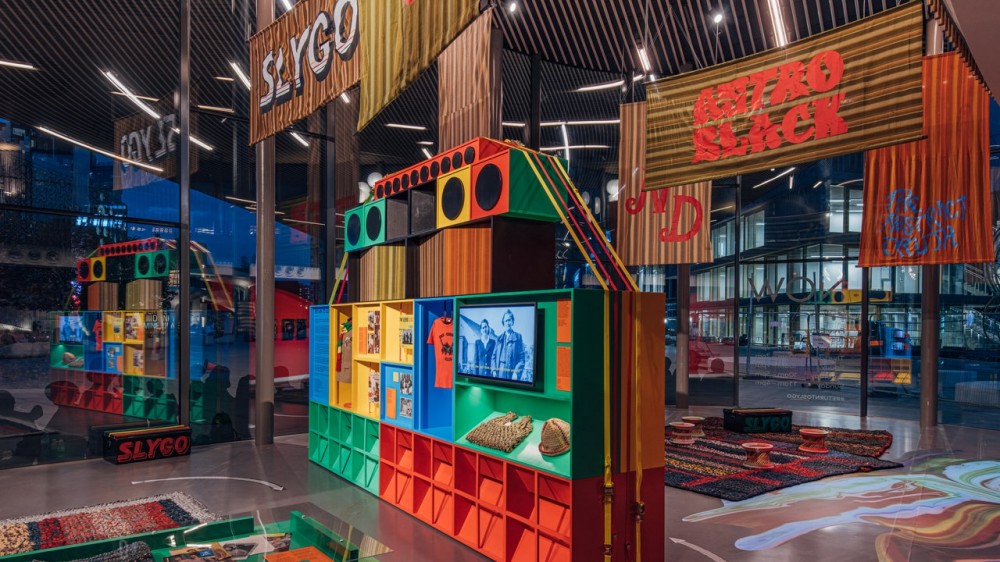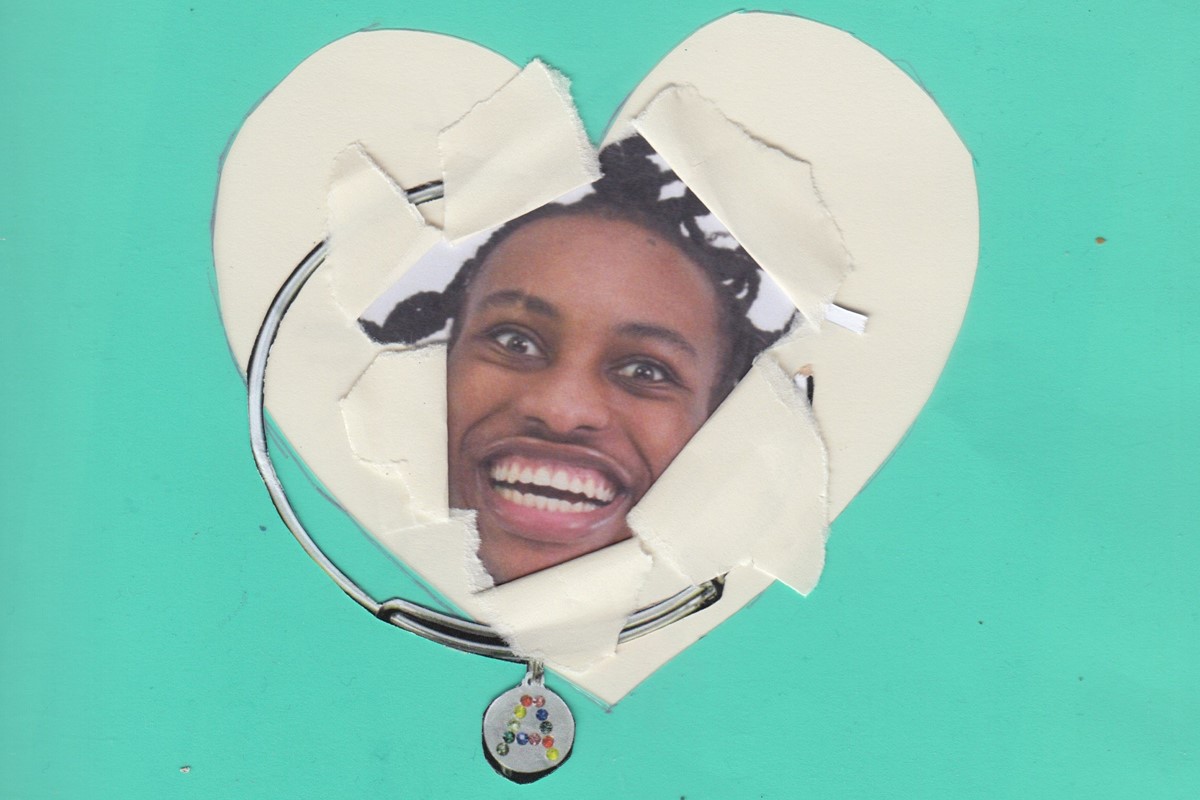
Inside Nicholas Daley’s Exhibition: “It Is My Story But It Also Reflects the Wider Black British Experience”
“As creators we have a duty to be storytellers,” says the British designer Nicholas Daley on a Zoom call. “Whether it’s me through fashion and design, or Akinola through film, we have an opportunity to shine a light on the community.” Daley is discussing “Return to Slygo,” the multimedia exhibition based around his work and story that opens today at the Now Gallery on London’s Greenwich Peninsula. Pandemic-delayed but now good to go, the show unpacks the lineage from which Daley has crafted his in-fashion-enunciation of a Black British experience that is simultaneously uniquely his and adjacent to myriad others across this nation’s post-colonially shaped ethnic kaleidoscope.
Alongside pieces from his collections, the exhibition unpacks the fabric of the relationship from which Daley sprung. His Dundee, Scotland-born mother Maureen and Jamaica-born father Jeffrey together ran a pioneering night called The Reggae Klub in Edinburgh between 1978 and 1982. A promotional t-shirt worn by Jeffrey—aka I-man Slygo—when on door, decks, and chef duties at the club night has become the basis of a key Daley piece. Meanwhile Maureen’s family background in the Dundee weaving trade is reflected both in the jute and other local materials—including pieces knitted by Maureen herself—in the collections, as well as in the materials on show in Greenwich.
In addition to the physical installations Daley approached the filmmaker Akinola Davies Jr. to create a film also named Return to Slygo, that reflects in moving image what Daley describes as “the soul of the exhibition.” Contributors to the project include Aswad’s Dennis Bovell (on music direction), Sons of Kemet (in performance), and Roger Robinson (on spoken word). While an online preview is no substitute for seeing an exhibition in the flesh, Daley and Davies Jr. were kind enough to shed some more light on their excellent-sounding collaboration. Here is some of what they had to say.
Luke Leitch: Hello! So you’ve built this show so that the materials in the exhibition and the imagery in Akinola’s films work complementarily against each other?
Nicholas Daley: I really wanted to highlight lots of different elements around my work, from the craftsmanship of it right through to the cultural narratives, and the community and collaborators that have been part of my journey. And the film with Akinola, we worked on it together as a collaborative thing; we brought our heads together. I wanted to create this piece which is the soul of the exhibition… and that exhibition is trying to celebrate, to shine the light, on lots of different collaborators and people who’ve been part of my journey. Even Akinola! He walked in my graduate show which was in 2013. And this is the first time he and I came together as creative collaborators. I feel the best way to work and collaborate is something which is ongoing, it’s not a flash in the pan that just evaporates. I always like to keep that continuity with the people who I am lucky enough to work with.
And central to your collaborative process is the inspiration taken from your parents’ collaboration?
ND: Definitely. It is absolutely my story but I think it also reflects the wider Black British experience… Even on the day of the filming everyone was saying things like “oh this reminds me of my auntie’s place,” or “that reminds me of my grandmother”: food, music, soundscapes, all of these things resonated with our community… and that’s why I wanted to work with Akinola because the authenticity of the narrative is a big part of what he does… and through all the collaborators there are all these layers. We both spoke about this idea of there being multiple layers, and then peeling them off to show more and more layers underneath.
Akinola, what were your considerations as you approached the narratives that have shaped Nicholas and his work?
Akinola Davies Jr.: Nicholas’s family setting the framework for the story he wanted to tell was a really good reference. I’m not Caribbean, I’m Nigerian. So I guess for me, it was also really important to create work that served that aspect, you know, because the idea of Black can just become homogenized, when actually there’s so many different types of black-skinned communities. So my work for this was heavily research based. I conducted a whole bunch of interviews with different family members, about their experiences going to parties and their experiences with sound systems, and details of the things they remember from that time. Then it was using that as a symbol to build something that felt really emotional.
ND: I think that for me, the best way to describe what I’m trying to do with the exhibition is to appreciate and celebrate. Because there are people in there who I feel should have more light shone on them…
AD Jr.: It’s British history, British culture… everything has a rich, textural vision.



